Museum of Paleobotany and Ethnobotany
In the Ethnobotany section, the Museum exhibits a vast collection of plant-based artifacts from various parts of the world, including the Amazon, Mexico, Colombia, Peru, Venezuela, Chile, Costa Rica, the Philippines, Borneo, Sumatra, and Vietnam, with new contributions from India and Africa being added. The display of objects has been organized to highlight the relationships between certain cultures and their surrounding plant environment.
 Fishing canoe in use on the island of Sumatra (Republic of Indonesia).
Fishing canoe in use on the island of Sumatra (Republic of Indonesia).
The material is distributed in thematic showcases dedicated to hunting, fishing, music, ornamentation creation, agriculture, and domestic activities, to name a few. A detailed description of the plant species used in the production of the artifacts and their uses in domestic, agricultural, hunting, and medicinal fields is provided. The different uses that some plants have are illustrated by explanatory texts within each showcase, in order to offer information on the function and cultural significance of the displayed objects.
For further information, please click here (in Italian) (pdf)
Each artifact is accompanied by a label containing the local name of the object, usage notes, and the scientific name of the plants used for its production. Furthermore, objects are often accompanied by intermediate manufacturing stages and the raw materials used, such as fibers, stems, barks, seeds, and fruits.
Numerous images show plants in nature and during the various stages of their processing, such as cultivation, fiber weaving, and textile production. In addition, photographs show everyday life practices, such as healing rituals, the preparation of plant poisons, and foods. Wooden panels and posters illustrate broader topics of interest, such as useful palms, sago extraction, edible wild plants, and medicinal plants.
Further readings:
Weaving traditions from Island Southeast Asia: Historical context and Ethnobotanical Knowledge (pdf)
"Baskets of the world" the social significance of plaited crafts (pdf)
The Southeast Asia Collection at the Paleo-Ethnobotanical Museum of the Botanical Garden, Naples – Italy external link
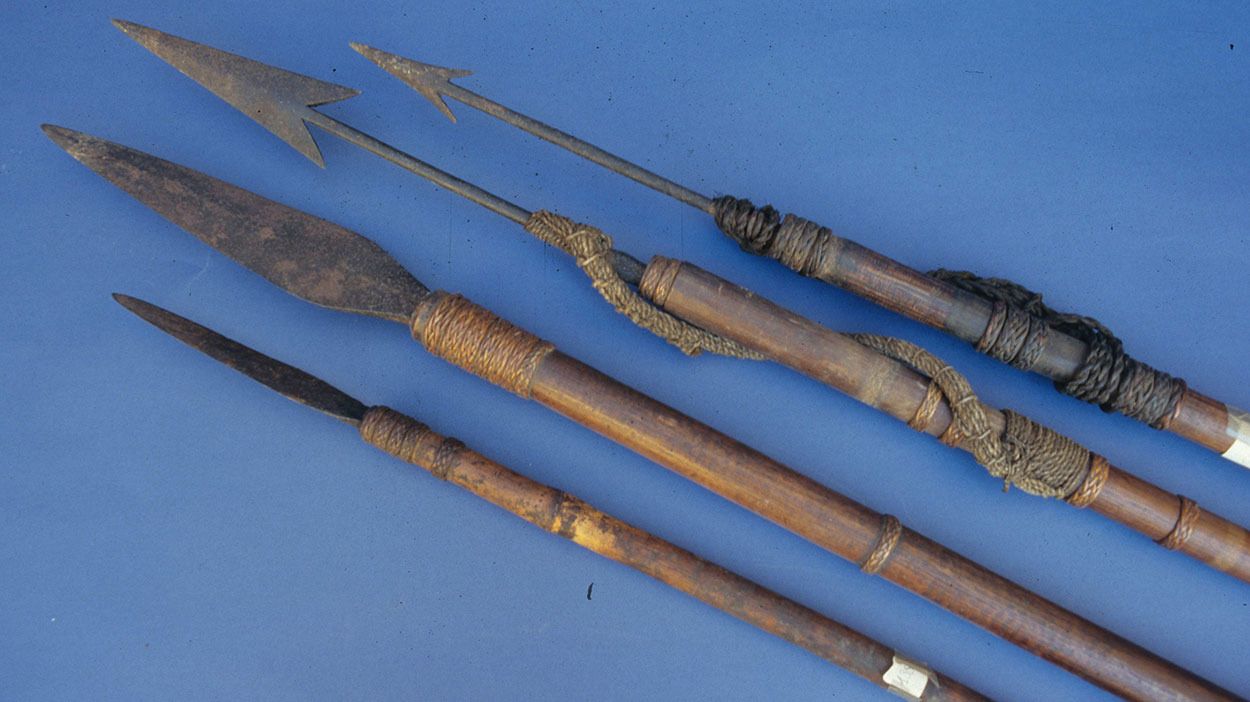
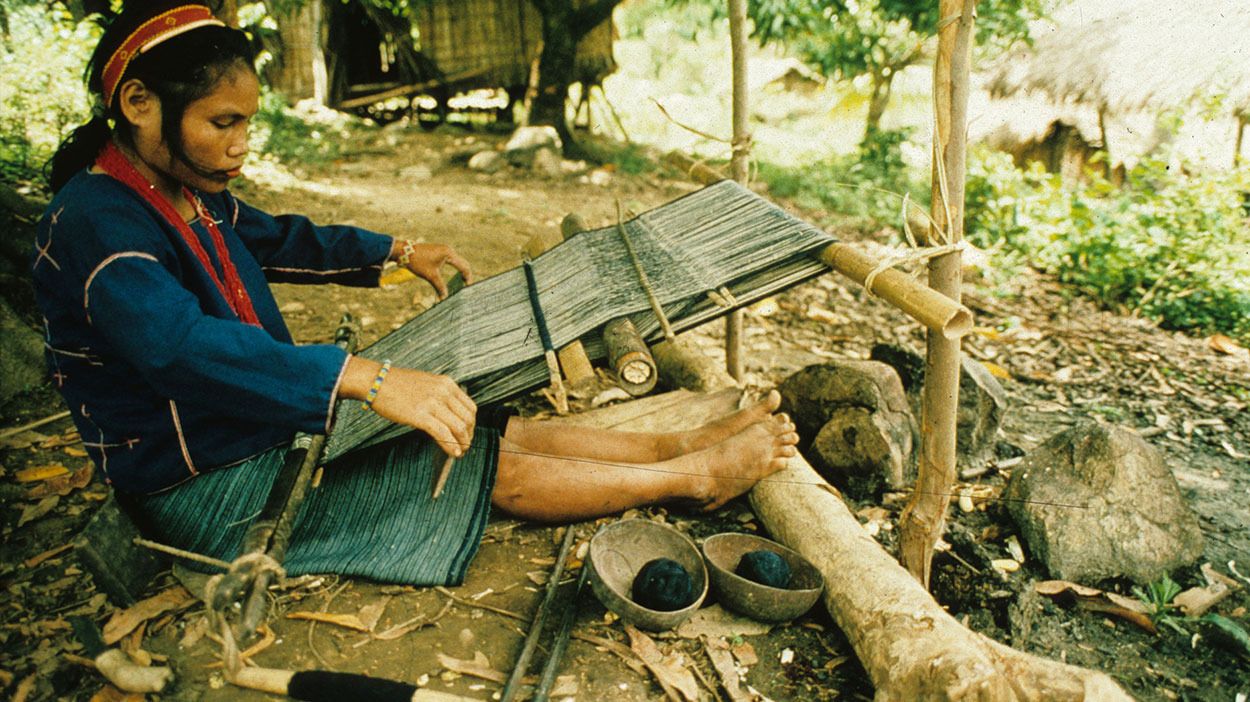

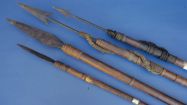
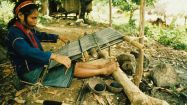


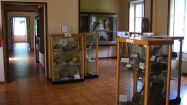
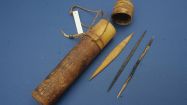
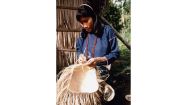
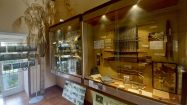
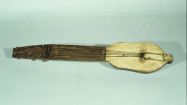
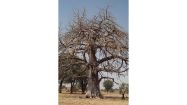
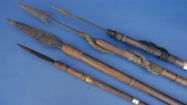
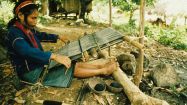


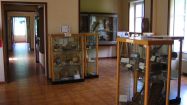
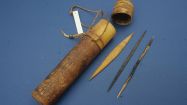
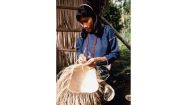

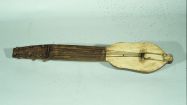
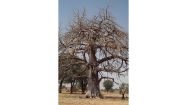

 Sistema Museale di Ateneo
Sistema Museale di Ateneo